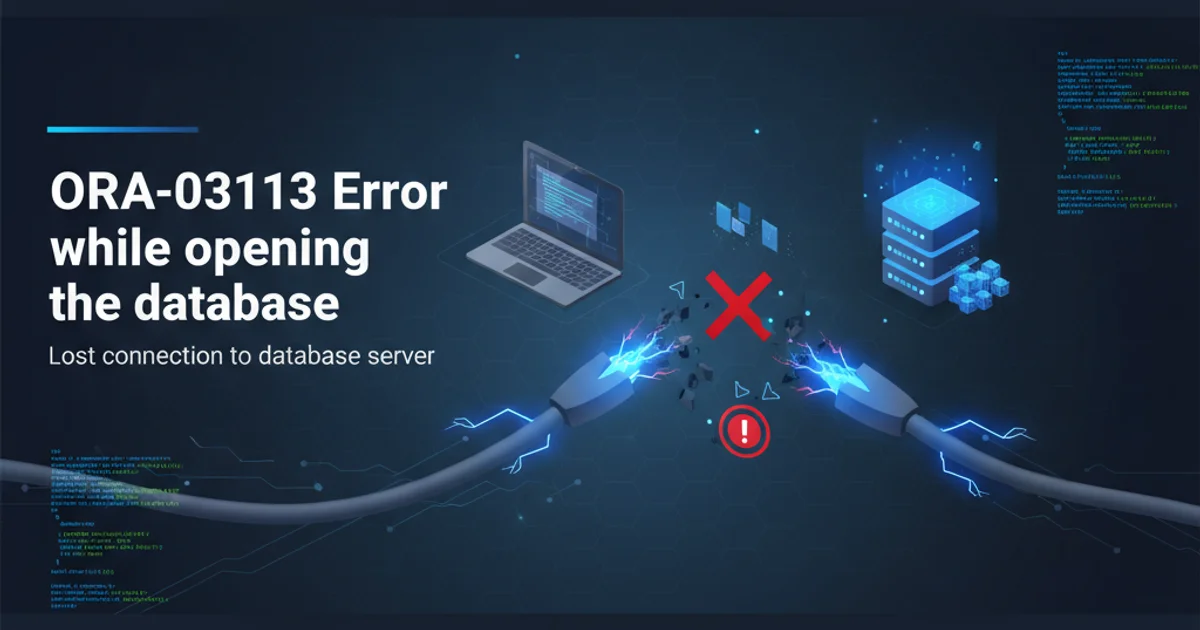the octal representations of bytes range from 000 to 377?
Categories:
Understanding Octal Byte Representation: Why 000 to 377?

Explore the historical and technical reasons behind the 000-377 octal range for representing a byte, delving into its origins and practical implications in computing.
In the world of computing, data is fundamentally stored and processed as binary digits (bits). While we commonly interact with decimal or hexadecimal representations, octal (base-8) has a significant, albeit less common today, role in representing byte values. This article demystifies why the octal representation of a byte spans from 000 to 377, exploring the underlying binary structure and its historical context.
The Byte: An 8-Bit Foundation
A byte is universally defined as a unit of digital information that most commonly consists of eight bits. Each bit can be either 0 or 1. With eight bits, a byte can represent 2^8 distinct values. This calculates to 256 possible values, ranging from 0 to 255 in decimal. Understanding this fundamental structure is key to grasping its octal representation.
flowchart LR
subgraph Byte (8 Bits)
B1[Bit 7] --- B2[Bit 6] --- B3[Bit 5] --- B4[Bit 4] --- B5[Bit 3] --- B6[Bit 2] --- B7[Bit 1] --- B8[Bit 0]
end
B1 -- Weight 128 --> Decimal
B8 -- Weight 1 --> Decimal
Byte -- Grouped by 3 --> Octal
Byte -- Grouped by 4 --> HexadecimalRelationship between a byte's bits and different number bases.
Octal Representation: Grouping by Threes
Octal numbers use digits from 0 to 7. Each octal digit can represent exactly three binary bits (2^3 = 8). To represent an 8-bit byte in octal, we group the bits from right to left in sets of three.
Consider an 8-bit byte: b7 b6 b5 b4 b3 b2 b1 b0.
- The rightmost group consists of
b2 b1 b0(3 bits). - The next group consists of
b5 b4 b3(3 bits). - The leftmost group is
b7 b6. Since this is only two bits, it's implicitly padded with a leading0to make it0 b7 b6(3 bits).
This grouping results in three octal digits. The maximum value for each 3-bit group is 111 binary, which is 7 in octal. Therefore, the maximum value for an 8-bit byte, 11111111 binary, becomes 011 111 111 when grouped, which translates to 3 7 7 in octal. The minimum value, 00000000 binary, translates to 0 0 0 in octal.
// Example: Converting a decimal byte to octal
const decimalByte = 255; // Max byte value
const octalString = decimalByte.toString(8); // Convert to octal string
console.log(octalString); // Output: "377"
const anotherDecimalByte = 10; // Example value
const anotherOctalString = anotherDecimalByte.toString(8);
console.log(anotherOctalString); // Output: "12"
// To get the '000' to '377' format, padding is often applied
function padOctal(decimal) {
return decimal.toString(8).padStart(3, '0');
}
console.log(padOctal(255)); // Output: "377"
console.log(padOctal(0)); // Output: "000"
console.log(padOctal(10)); // Output: "012"
JavaScript example demonstrating decimal to octal conversion and padding.
chmod 755) or embedded systems.Historical Context and Practical Implications
Octal was more prevalent in early computing, particularly with machines that had word sizes divisible by three (e.g., 12-bit, 24-bit, 36-bit systems). On such systems, octal provided a convenient shorthand for binary, much like hexadecimal does for 4-bit groupings. Even with 8-bit bytes becoming standard, octal remained a useful way to represent byte values, especially in contexts like Unix file permissions, where three bits (rwx) are grouped together for user, group, and others.
Today, hexadecimal (00 to FF) is generally preferred for representing byte values because an 8-bit byte divides perfectly into two 4-bit groups, each represented by a single hexadecimal digit. However, the 000 to 377 octal range for a byte is a direct consequence of its 8-bit structure and the base-8 numbering system's grouping rules.
JavaScript
const byteValue = 0b11111111; // Binary 11111111 (255 decimal)
const octalRepresentation = byteValue.toString(8); // "377"
console.log(Octal: ${octalRepresentation});
// Octal literal (note the '0o' prefix in modern JS)
const octalLiteral = 0o377;
console.log(Decimal from octal literal: ${octalLiteral}); // 255
PHP
Assembly (Conceptual)
; In assembly, you'd typically work with binary or hex directly ; but the concept of 8 bits forming a byte is fundamental.
; Example: Loading the maximum byte value MOV AL, 11111111b ; AL register gets binary 11111111 (255 decimal) ; Or, using hexadecimal (more common for byte values) MOV AL, 0FFh ; AL register gets hexadecimal FF (255 decimal)
; If you were to interpret this in octal, it would be 377 ; The CPU doesn't inherently 'know' octal, it's a human representation.